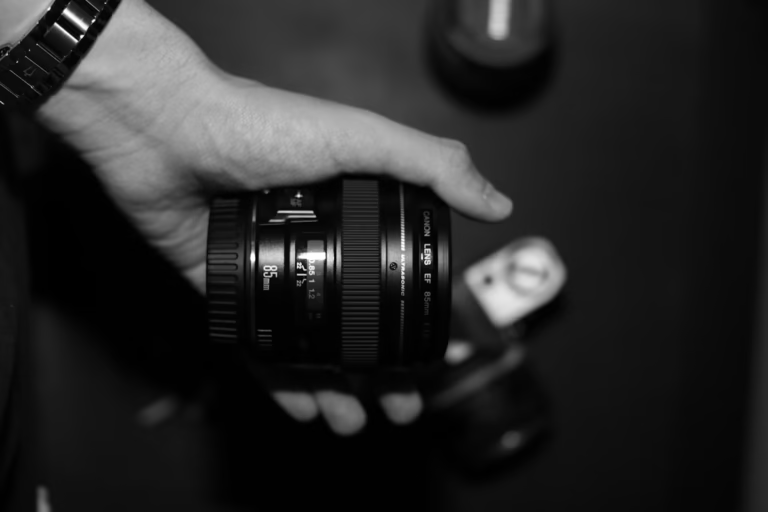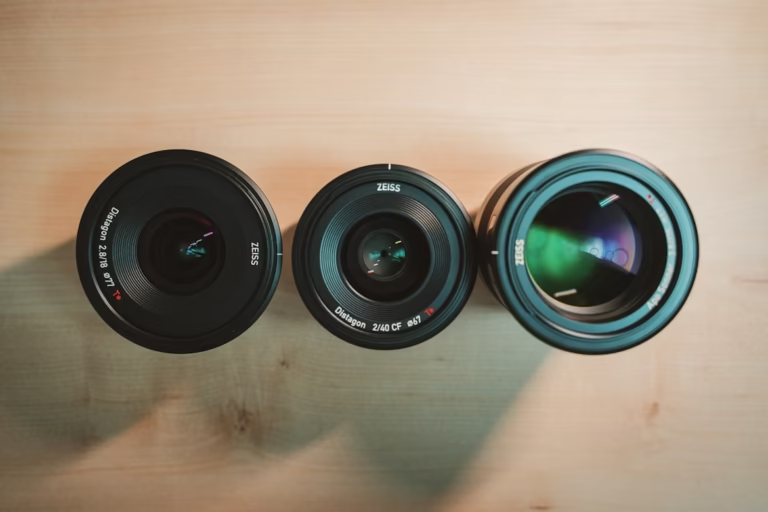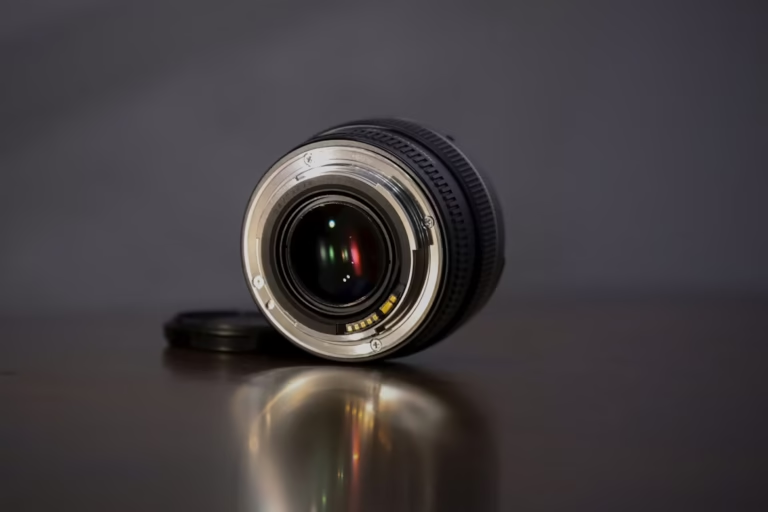
If you’ve been shooting with your Canon camera for a while, you’ve probably hit that moment where your kit lens just isn’t cutting it anymore. Maybe you’re frustrated with low-light performance, or you want that beautiful blurred background everyone raves about. Trust me, I’ve been there. Finding the best camera lenses for Canon can feel overwhelming with so many options out there, but it doesn’t have to be complicated.
The truth is, investing in quality glass is one of the best decisions you can make as a photographer. While camera bodies come and go, great lenses stick with you for years, sometimes decades. Let’s break down the lenses that’ll actually make a difference in your photography.
Canon Lens Basics
Before we dive into specific recommendations, let’s get one thing straight: Canon has two main lens mounts you need to know about. If you’re shooting with a DSLR (like the 5D Mark IV or 90D), you’re using EF or EF-S lenses. If you’ve moved to mirrorless (the R5, R6, or R series), you’re in RF mount territory. The good news? Canon makes adapters, so your old lenses won’t become paperweights if you upgrade.
Now, you’ll see numbers like f/1.8 or f/2.8 on lenses. That’s the aperture, and smaller numbers mean more light gets in. More light equals better low-light performance and that dreamy background blur (bokeh) we all love.
The Nifty Fifty: Canon EF 50mm f/1.8 STM
Let’s start with the legend itself. The 50mm f/1.8 is what photographers call the “nifty fifty,” and for good reason. At around $125, it’s ridiculously affordable, yet it punches way above its weight class.
This lens is sharp, fast, and incredibly versatile. It’s perfect for portraits, street photography, and even food photography. The f/1.8 aperture lets you shoot in dim restaurants or evening light without cranking up your ISO to unusable levels. Plus, that shallow depth of field makes your subjects pop.
The only downside? It’s not great for close-up work, and the autofocus can be a bit noisy. But honestly, for the price, these are minor quibbles.
The Portrait King: Canon EF 85mm f/1.8 USM
If you’re serious about portraits, the 85mm focal length is where the magic happens. This lens creates a flattering perspective that doesn’t distort facial features, and the f/1.8 aperture gives you gorgeous background separation.
What I love about this lens is how it forces you to step back and really compose your shots. You can’t rely on a wide angle to “get everything in.” Instead, you’re thinking about your subject, the light, the background, all the things that make a portrait truly memorable.
The autofocus is fast and quiet, making it great for both posed portraits and candid moments. It’s also surprisingly good for detail shots at events or even product photography.
The Versatile Workhorse: Canon EF 24-70mm f/2.8L II USM
Okay, this one’s an investment at around $1,500-$1,800, but hear me out. If you could only own one lens, this would be it. The 24-70mm range covers wide-angle shots, standard focal lengths, and short telephoto, basically everything except extreme close-ups and wildlife.
The constant f/2.8 aperture means consistent exposure throughout the zoom range, which is huge for video work or when you’re shooting in changing light conditions. The build quality is tank-like (it’s weather-sealed), and the image quality is stunning from corner to corner.
Wedding photographers, photojournalists, and travel photographers swear by this lens because it handles virtually any situation you throw at it. Yes, it’s heavy and expensive, but it’ll last you a lifetime.
The Wildlife and Sports Choice: Canon EF 70-200mm f/2.8L IS III USM
When you need reach, this is your go-to. Whether you’re shooting your kid’s soccer game, wildlife at the zoo, or events from a distance, the 70-200mm gives you the reach you need without compromising on quality.
The f/2.8 aperture throughout the zoom range is clutch for maintaining fast shutter speeds, and the image stabilization (IS) gives you about 3.5 stops of shake reduction. That means handheld shots that would normally be blurry come out sharp.
This lens is another investment (around $2,000), but the white barrel has become iconic for a reason, it’s simply one of the best telephoto zooms ever made.
The Macro Marvel: Canon EF 100mm f/2.8L Macro IS USM
Macro photography opens up a whole new world, and this lens is your ticket in. The 1:1 magnification lets you capture insects, flowers, jewelry, and tiny details at life-size on your sensor.
But here’s the secret: it’s also an incredible portrait lens. That 100mm focal length with f/2.8 creates beautiful compression and bokeh. The hybrid image stabilization is particularly clever—it compensates for both angular and shift camera shake, which is essential when you’re working at such close distances.
For Mirrorless Shooters: Canon RF 50mm f/1.8 STM
If you’ve made the jump to Canon’s RF system, this is your budget-friendly starting point. It’s even smaller and lighter than the EF version, and the image quality is excellent. At around $200, it’s an absolute steal for RF mount shooters.
The RF system is still expanding, but Canon has released some phenomenal glass like the RF 24-70mm f/2.8L and RF 70-200mm f/2.8L, which are slightly more compact than their DSLR counterparts.
Making Your Choice
Here’s the thing: the “best” lens depends entirely on what you shoot. If you’re photographing your kids, a 50mm or 35mm is perfect. Shooting landscapes? You’ll want something wider. Wildlife? Go telephoto.
My advice? Start with a good prime lens like the 50mm f/1.8. Learn to work with a fixed focal length, and you’ll become a better photographer because of it. Then, as you discover your style, invest in lenses that support your vision.
Remember, expensive doesn’t always mean better for your needs. I’ve seen stunning work shot entirely on budget primes, and I’ve seen people waste thousands on lenses they barely use.
Ready to Level Up Your Photography?
The right lens can transform your photography overnight. If you’re curious about which lens might be the perfect fit for your specific shooting style, I’d love to hear what you’re working on. Drop a comment below about what you photograph most, and I’ll share some personalized recommendations.






